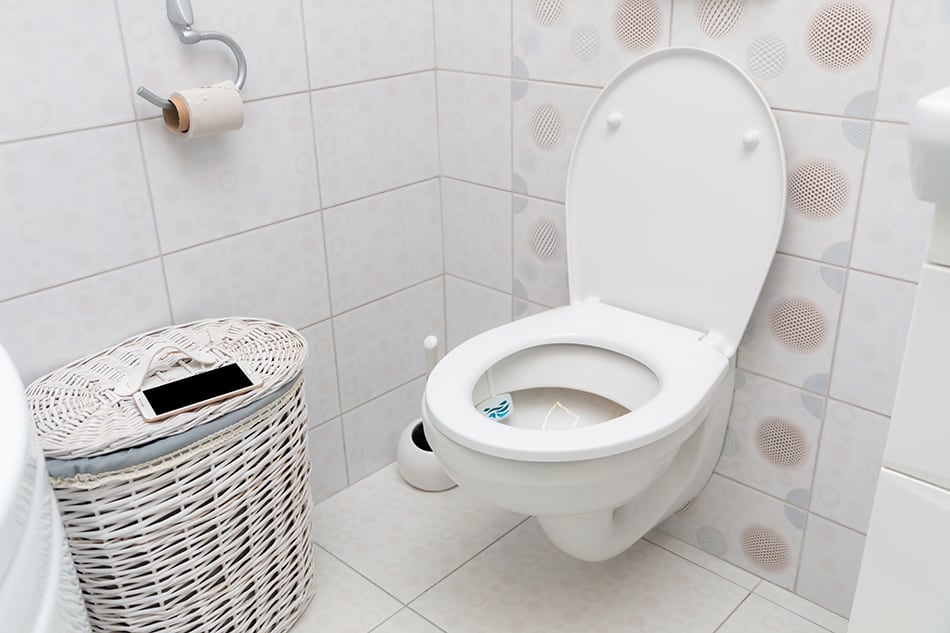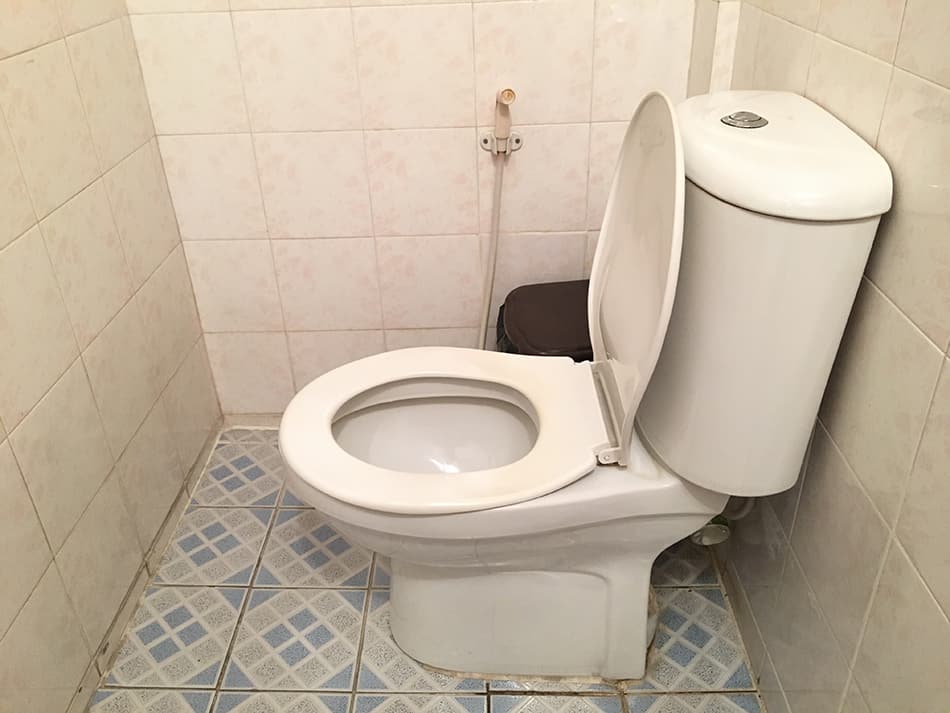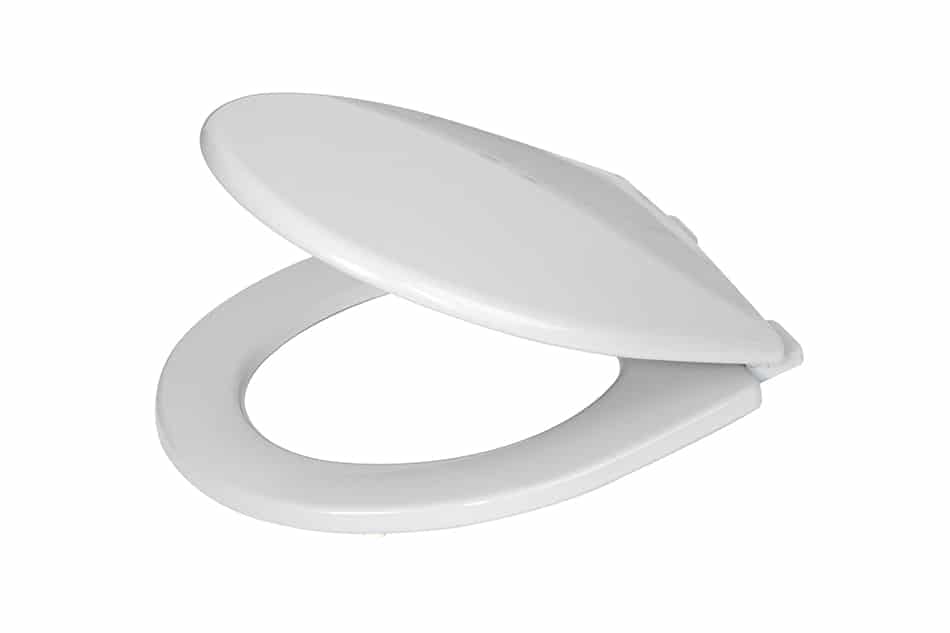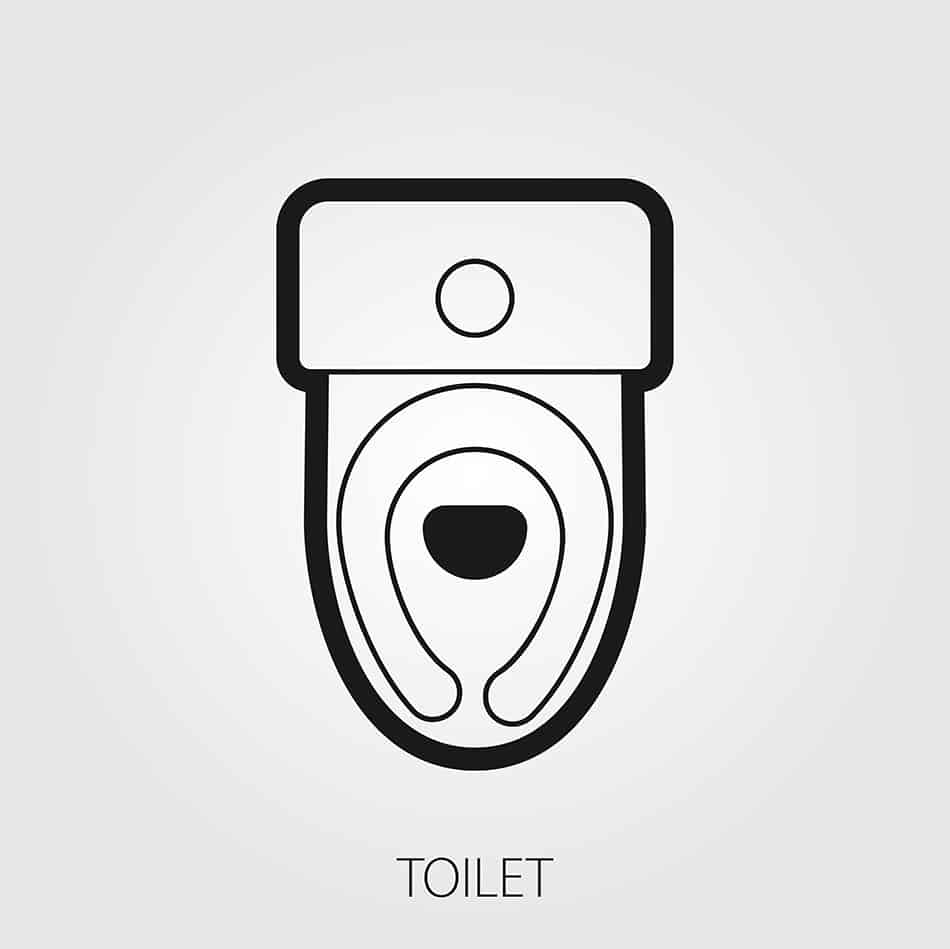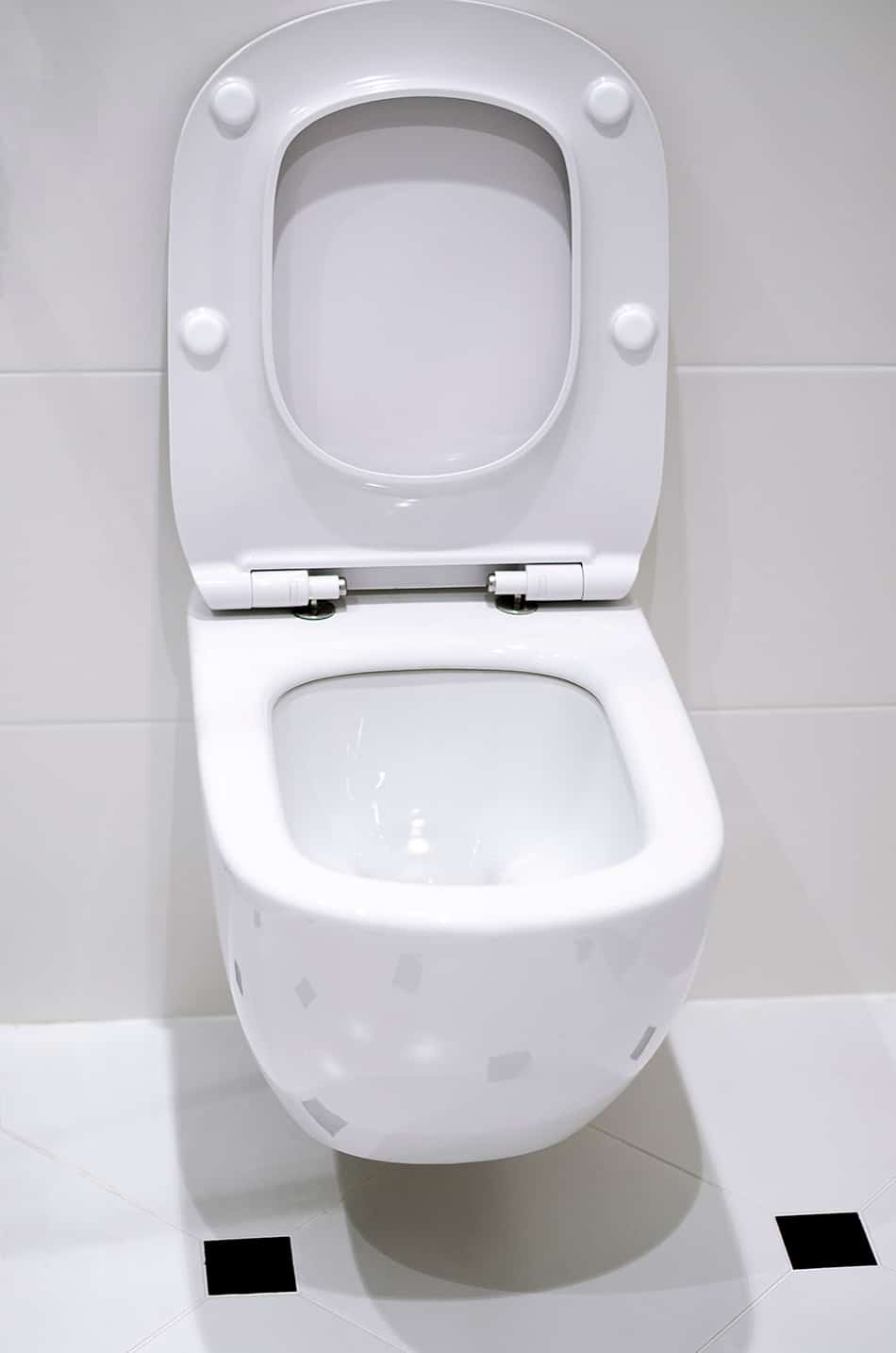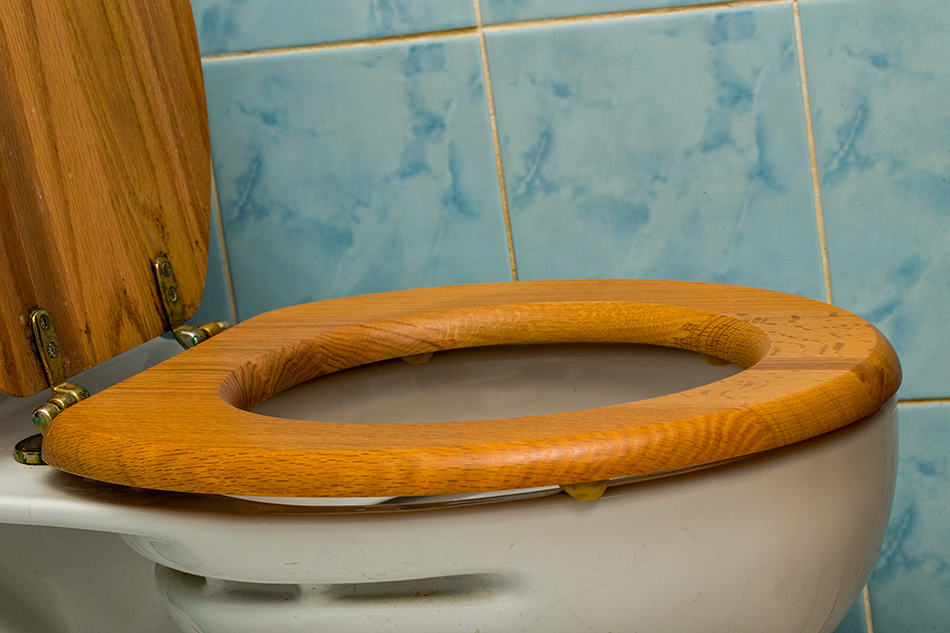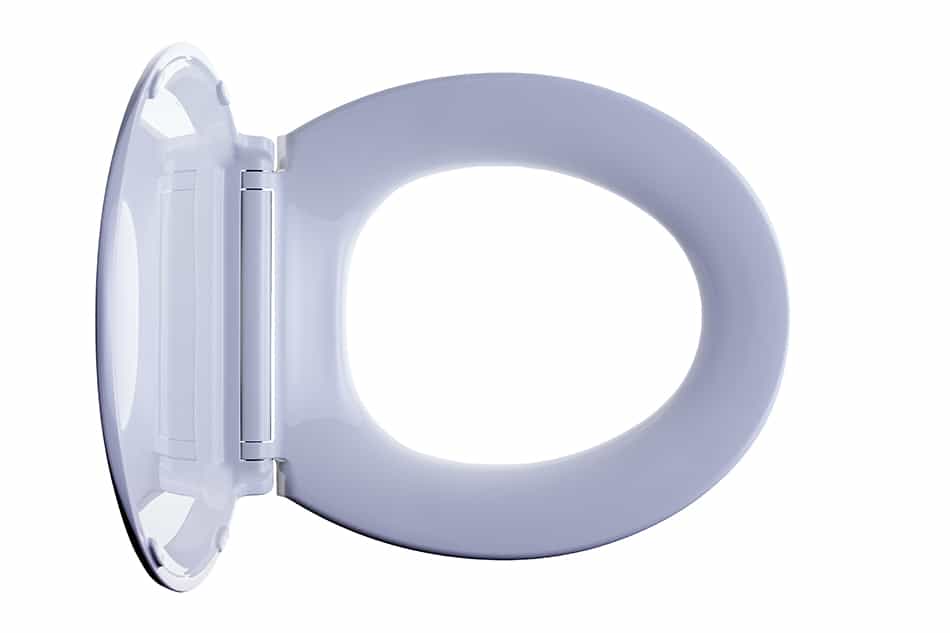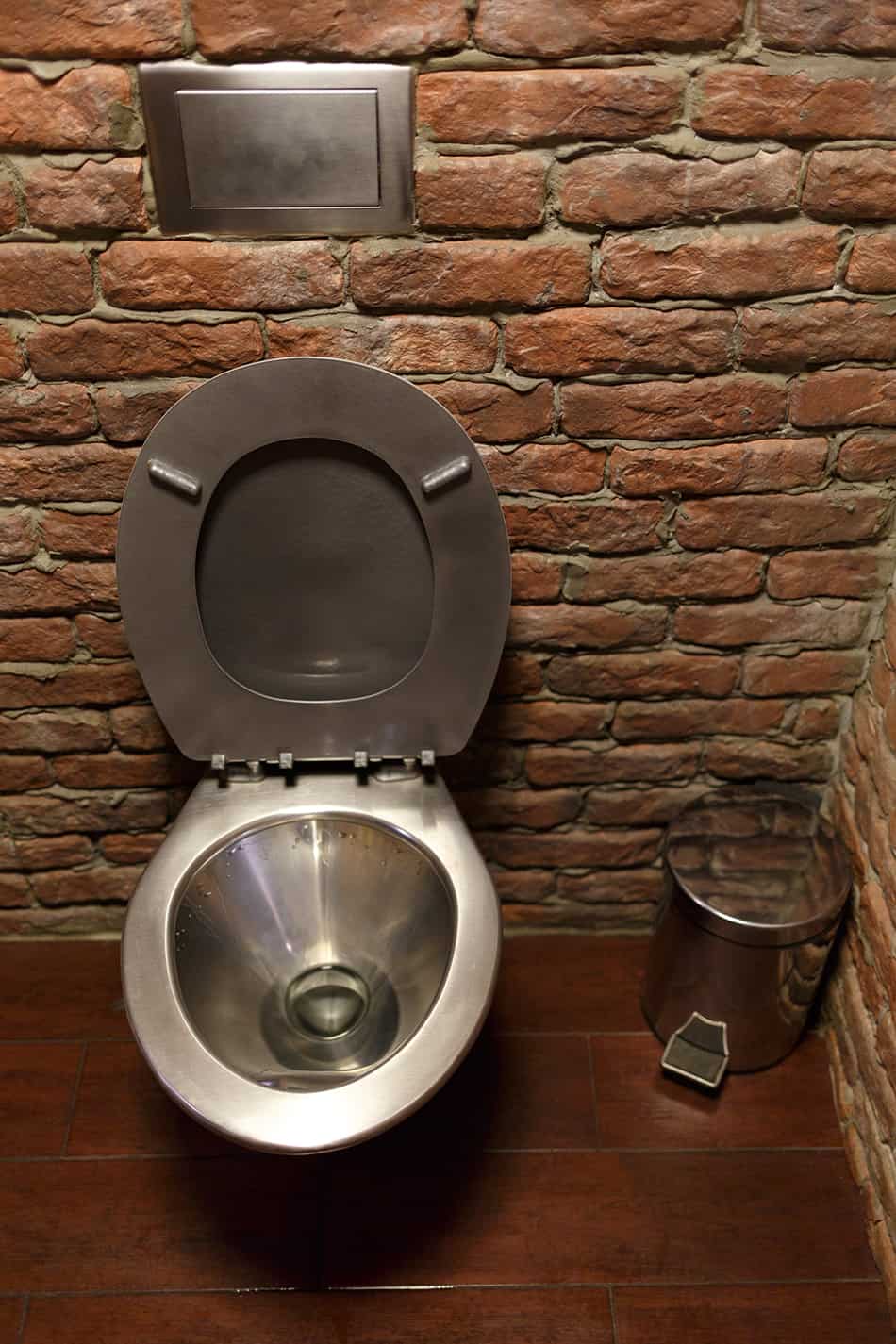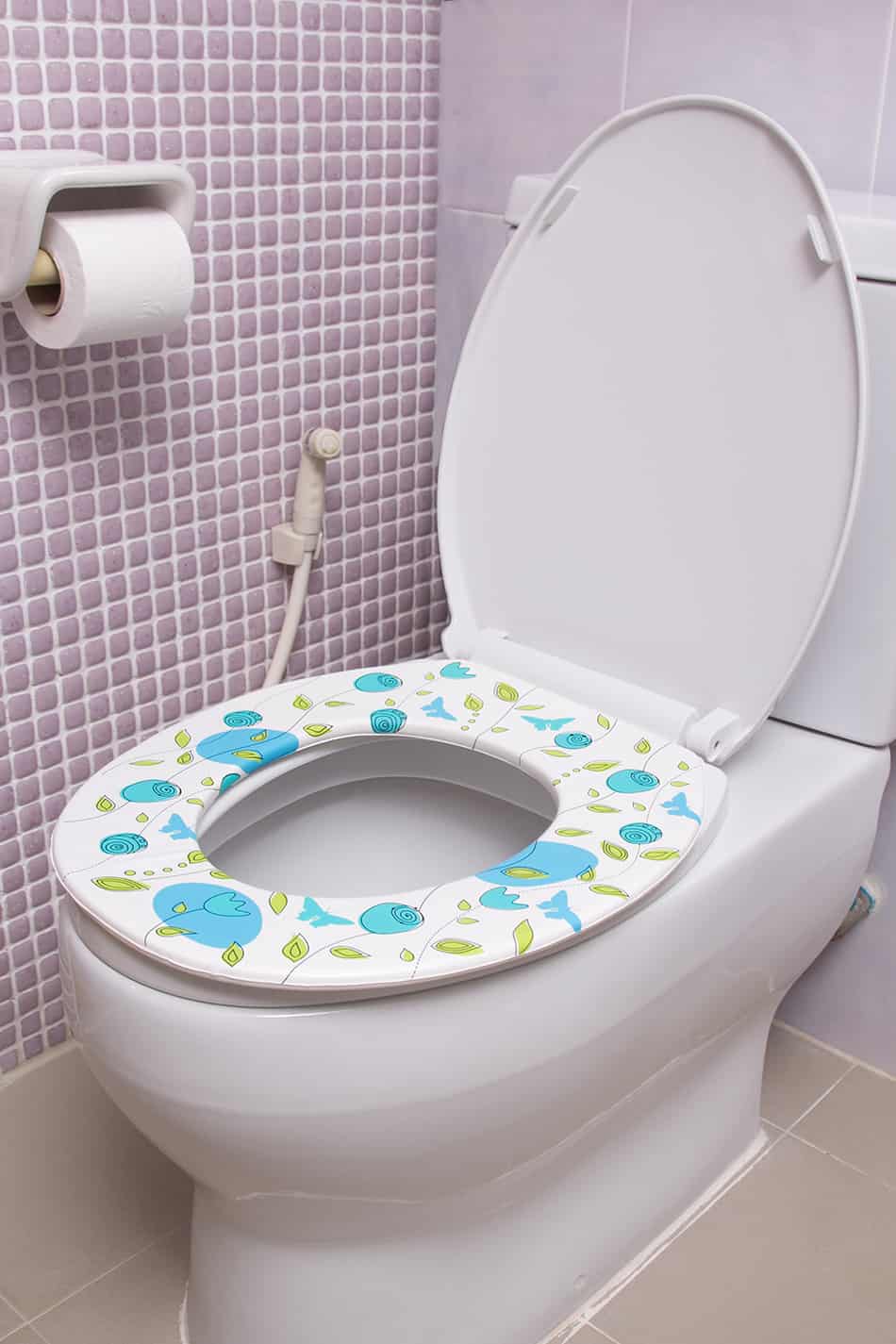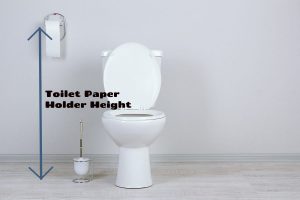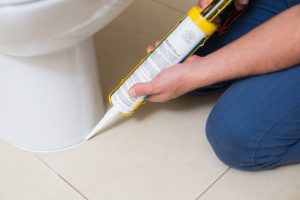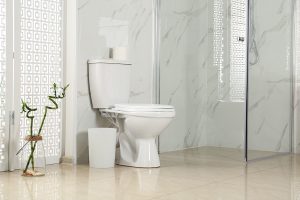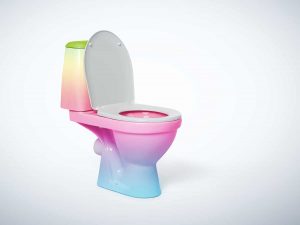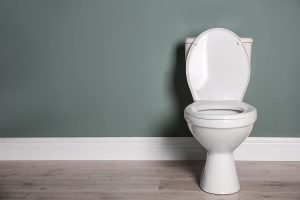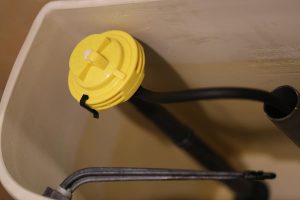You might be on the lookout for a new toilet seat if your old toilet seat has broken or if you’ve had a new toilet fitted and aren’t happy with the seat it came with.
Many people will buy a new toilet seat to have fitted when they move into a different property, as it is an inexpensive way to ensure the part of the toilet skin that comes into contact with is completely clean. You might also want a new toilet seat simply to freshen up the look of your bathroom.
Whatever your reason, when you’re on the hunt for a toilet seat, it will become clear immediately that there are many different types.
Toilet seats vary in terms of shape, size, material, and design, and you’ll need to make sure first and foremost that the seat you choose is compatible with your existing toilet parts. This guide covers everything you’ll want to know about the types of toilet seats available to make an informed decision.
Toilet Seat Shapes
The shape of the toilet seat you want will be dictated by the toilet you choose.
Round
This circular-shaped toilet seat is the classic shape of a toilet seat, which is among the most popular found in traditional-style homes. Round toilet seats are compatible with round toilets, which are often chosen as a space-saving alternative to elongated or oval toilets because they have a shorter length measurement.
Round toilet seats will typically have a length of around 16.5 inches, which is several inches less than standard oval toilet seats. This can make all the difference in a small bathroom, and round toilet seats also have the other advantage of being slightly less expensive than other kinds of toilet seats.
Round toilet seats are found by most people to be uncomfortable compared with oval toilet seats, which is an important consideration if you spend a lot of time at home.
However, round toilet seats are the most comfortable option for children, and they are also less likely to allow children to fall through them, so they could be a good choice if you have young members in your family or if you have a bathroom specifically for the children to use.
Because oval toilets have taken over in terms of popularity, if you are looking for a round toilet seat, you will find that there is less choice compared with oval seats.
Elongated/Oval
These toilet seats look more modern than round toilet seats, so if you’re trying to achieve a contemporary style in your bathroom, then an oval toilet is a good choice.
These types of toilet seats are known to be the most comfortable due to the additional length; however, at a typical length of 18.5 inches, these toilets do take up a little more space, making them unsuitable for some small bathrooms.
Oval toilet seats are without a doubt the most popular type of toilet seat available for the residential market, which means there is a huge range of choices in terms of material, design, and cost.
Oval toilet seats do tend to be slightly more expensive to buy than round toilet seats, but this should be minimal. These types of toilet seats are considered to be more hygienic because there is more space available for people to wipe without their hands touching the side of the toilet seat. They are also easier to clean.
Open/U-shaped
U-shaped toilet seats are the same as oval toilet seats, but with a cut-out gap at the front, which gives them the look of the letter ‘U’. These toilet seats were designed with hygiene in mind. The missing piece of the seat at the front prevents any urine from dripping on the seat when men use the toilet, ensuring the next person who uses the toilet won’t have to come into contact with it.
These seats also prevent cross-contamination of germs and offer a more sanitary solution for men who sit using the toilet. As such, these types of seats are popular in public toilets but are rarely seen in residential properties.
D-shaped
This type of toilet has a rounded front and a flat edge at the back where the hinges are fitted, giving it the shape of the letter ‘D.’ This is a modern design that offers a sleek, angular look while not compromising on comfort.
Square
Square toilet seats are not actually square but are usually more of a rectangular shape with slightly curved corners. They are unconventional, which is part of their appeal to many people. Square toilets have a stark modern look and make a statement in a bathroom.
If you’re trying to achieve a minimalist or futuristic style in your bathroom, then a square toilet will fit right in. Some people might be concerned about how comfortable a square toilet will be, but in fact, they are considered to be just as comfortable to sit on as other types of toilet seats.
The main disadvantage of square toilet seats is the cost; these types of toilets will generally cost at least twice as much as a round or oval toilet. The fact that square toilets are fairly uncommon also means that there is much less choice when it comes to choosing a new square toilet seat. If you need to replace a square toilet seat, then your options will be quite limited compared to round or oval toilet seats.
Toilet Seat Materials
The choice of material you select for your toilet seat will impact almost every element of it. The material will affect the price you pay, the comfort you can expect, the look of it, and the way you clean it.
Wood
Toilet seats made from wood can be solid wood or wood veneer, with solid wood being the more expensive choice. There are several types of wood you can opt for when choosing a toilet seat, including bamboo, oak, pine, and mahogany.
Many people will choose a wooden toilet seat because they like the look of it, or it matches their bathroom decor. Wooden toilet seats can add a rustic vibe to a space or make a bathroom feel more natural, but there is much more to consider when deciding which type of material to have as your toilet seat.
Wood is a porous material which means it isn’t especially well suited to use in a humid bathroom. The humidity can cause a wooden toilet seat to warp or split over time, and the porous quality of the wood can also absorb or trap germs and dirt.
Urine spills can be absorbed by the wooden toilet seat, which can cause bad smells to linger and contribute to poor hygiene. This quality makes wooden toilet seats more difficult to keep clean, and they can also become damaged more easily by cleaning products such as bleach.
Wooden toilet seats are heavier than their plastic or porcelain counterparts, which means they usually require metal hinges. These types of hinges are usually more sturdy than plastic hinges and can have a longer lifespan; however, they can be prone to rust. Wooden toilet seats typically cost more than toilet seats made from other materials, and they may need to be replaced more regularly.
Another factor when choosing a toilet seat is comfortable, and wooden toilet seats are considered to be amongst the most comfortable type of toilet seats. This is because they are more resistant to temperature changes and so do not cause a cold shock to your bare skin when you sit on one in winter. They also have a more solid feel to them compared with plastic which can add to comfort levels.
Wooden toilet seats are less likely to be scratched than their plastic counterparts, and the fact that they are wooden means you can always sand the seat down and stain it to change the toilet upper parts’ color or varnish it to give a high gloss finish.
Plastic
Plastic toilet seats are the most popular type of toilet seat because they are inexpensive and they are easy to keep clean. Different types of plastic can be used to make toilet seats, including polypropylene and polyresin.
Most types of cleaning products can be used on plastic with no risk of harming the toilet seat, so you don’t need to worry about spilling bleach on a plastic toilet seat. Plastic toilet seats are completely smooth and non-porous, making them a breeze to disinfect.
Plastic toilet seats are considered to be more modern in terms of style, so if you’re looking for a minimalist or contemporary bathroom, then a plastic toilet seat will be a good fit.
Plastic toilet seats are considered to be comfortable by most people, but they can get cold easily, which might be unpleasant during colder months. Because plastic is the most popular material for toilet seats, there is a huge selection available, so you can find the exact style you want.
Plastic toilet seats are lightweight, which means they are the material of choice for soft-closing toilet seats. By comparison, wood toilet seats are too heavy and would put too much pressure on the tension hinges to be able to work effectively.
The light weight of plastic toilet seats means they don’t require metal hinges and instead use plastic ones. This helps to keep the cost of the toilet seat low, and plastic hinges are preferable to most people because they won’t rust and are easy to keep clean; however, they can be more prone to breakages than metal hinges.
Stainless Steel
Stainless steel toilet seats are common in public toilets with a high volume of traffic, such as airports and malls. This is because stainless steel toilet seats are incredibly durable, making them a good long-term choice and saving money in the long run on replacements. Stainless steel toilet seats are also very easy to keep clean, which makes them a sanitary and hygienic choice.
Stainless steel is resistant to rust and will mean that the toilet seat stays in good condition for longer, once again saving costs compared to other types of toilet seats that might look worse for wear and need replacing more often.
Stainless steel toilet seats are more expensive than plastic toilet seats, but their hardwearing and long-lasting qualities make them a low-cost option in the long run for toilets that experience a heavy volume of usage.
Novelty
Novelty toilet seats can be made from any material, but they are most commonly made from types of plastic. Novelty toilet seats can come in a huge array of styles, designs, and colors, from solid colors to match your bathroom decor or fun themes to make your bathroom festive.
Novelty toilet seats are popularly made using transparent plastic so that items can be fixed inside the lid and seen through, such as decorative fish or seashells.
Toilet Seat Closing Options
There are two options available when it comes to the type of closing system offered by toilet seats.
Standard Close
Most toilet seats have a standard closing system, which means when you close the lid on the seat or lower the seat itself into the sitting position, then you will need to do so gently. If you push the toilet seat down and let go, then this will result in a slam.
Soft Close
Soft-close toilet seats were created to deal with the issue of slamming into standard closed toilet seats. Soft-close seats use different hinges which utilize tension to defy gravity and offer a slower close. With a little push of the lid or the seat itself, the hinges will then take over and slowly lower the seat to a gentle close.
This eliminates the slamming sound, giving you a quieter toilet experience and preventing other people from being alerted to the fact that you’re using the bathroom. Soft-close toilet seats are also ideal for younger children as they prevent fingers from getting trapped when the seat slams down.
